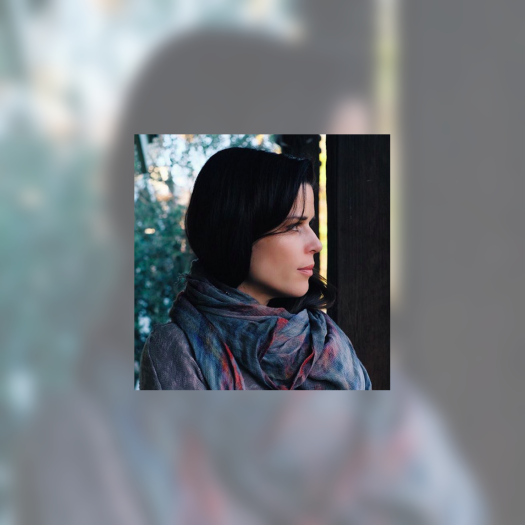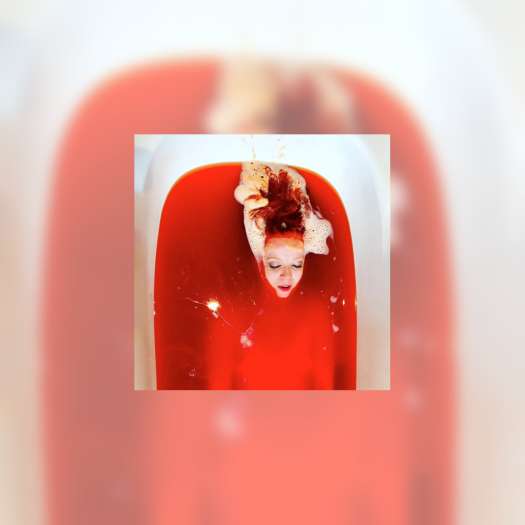Stories about tripping on psychedelics are kind of like stories about dreams — if you don't actually know the person telling them, they're confusing, boring and annoying. For me, at this moment, a key difference between the two topics is that Netflix didn't make a documentary where a hodgepodge of random famous people talk about their dreams. Instead, they made Have a Good Trip.
The hour-and-a-half-long documentary brings together an admittedly impressive range of comedians, musicians and actors amongst a small number of prominent names in psychedelic research, philosophy and psychology. This varied assortment of interviewees matches the formatting of the film, which haphazardly employs multiple framing techniques. These include spoofs on old after-school drug PSAs starring Adam Scott (and made to look like 1980s VHS) to clips of real, vintage drug PSAs from the 1970s, to another, very different spoof on an old drug PSA starring Nick Offerman as a professor on a studio set.
To illustrate the vivid hallucinations that come with an acid or mushroom or peyote trip, the documentary called on an array of animators to create hallucinogenic sequences that accompanied the subjects' stories. As a convention that comes up several times, the animations start out really rough and kind of nauseating in the way that generic, thoughtless, web flash animation can be, but they do get slightly better over time. This lack of a cohesive style throughout the film destroys the few times where the stories and animation work really nicely. In particular, the animation for A$AP Rocky's segment, where the animations become neon lights bending into the outlines of shapes, was suited well to the energy of his story. A kind of dorky, 1970s family hour spoof style works as well as Ben Stiller describes gripping fear during his acid trip and shares a surprisingly touching story about his now-late father.
All of these framing techniques are jammed between recounting of the celebrity hijinks, the events of which are extracted and loosely woven into "tips" offered by the film to the viewer to ensure a positive experience on psychedelic drugs.
The tips don't hold up very well, however, because I believe that the target demographic for Have a Good Trip has likely already experimented with psychedelics — which means that they would have read up on tripping tips on a website like Erowid fifteen years ago. An exception to this might be "Don't Drive High," only because of the truly disturbing amount of stories told in the film in rapid succession by people who were driving on acid. Please don't ever do that. Promise me.
The assumed demographic is an observation from the documentary's choice in celebrities — Sting is the most prominently featured for some reason but other names include Reggie Watts, Sarah Silverman and Deepak Chopra. Judd Nelson (from The Breakfast Club) is in there for about five seconds. Haley Joel Osment (the child in The Sixth Sense) is in another bit. Out of the cast, A$AP Rocky is arguably the youngest or most "relevant" person interviewed for the film. The documentary even features interviews with the late Carrie Fisher and Anthony Bourdain, who were nice to see, although both of their stories were invasively accompanied by more cameo appearances and unamusing sketches featuring characters from Workaholics cast members Blake Anderson and Adam Devine or, in Fisher's case, by Natasha Legerro with Brett Gelmen as a talking acorn.
The documentary doesn't offer much in terms of insight to psychedelic policy or science. It also manages to turn typically entertaining, talented people into those with whom you feel like you're stuck in an awkward conversation. It seems as though through all those layers of unresolved media conventions such as the PSA spoofs and the "animate something trippy" gag, you can hear the producers trying really hard to turn the experiences into something they're just not supposed to be: the topic of a feature-length documentary. It could have been an okay YouTube video series. Maybe that was its intended format?
I'm not sure if it was just from all the talk of punishing twelve-hour drug trips, but the biggest connection I felt to the subject matter of Have a Good Trip was that as soon as it ended, I was extremely thankful that it was over.
(Netflix)The hour-and-a-half-long documentary brings together an admittedly impressive range of comedians, musicians and actors amongst a small number of prominent names in psychedelic research, philosophy and psychology. This varied assortment of interviewees matches the formatting of the film, which haphazardly employs multiple framing techniques. These include spoofs on old after-school drug PSAs starring Adam Scott (and made to look like 1980s VHS) to clips of real, vintage drug PSAs from the 1970s, to another, very different spoof on an old drug PSA starring Nick Offerman as a professor on a studio set.
To illustrate the vivid hallucinations that come with an acid or mushroom or peyote trip, the documentary called on an array of animators to create hallucinogenic sequences that accompanied the subjects' stories. As a convention that comes up several times, the animations start out really rough and kind of nauseating in the way that generic, thoughtless, web flash animation can be, but they do get slightly better over time. This lack of a cohesive style throughout the film destroys the few times where the stories and animation work really nicely. In particular, the animation for A$AP Rocky's segment, where the animations become neon lights bending into the outlines of shapes, was suited well to the energy of his story. A kind of dorky, 1970s family hour spoof style works as well as Ben Stiller describes gripping fear during his acid trip and shares a surprisingly touching story about his now-late father.
All of these framing techniques are jammed between recounting of the celebrity hijinks, the events of which are extracted and loosely woven into "tips" offered by the film to the viewer to ensure a positive experience on psychedelic drugs.
The tips don't hold up very well, however, because I believe that the target demographic for Have a Good Trip has likely already experimented with psychedelics — which means that they would have read up on tripping tips on a website like Erowid fifteen years ago. An exception to this might be "Don't Drive High," only because of the truly disturbing amount of stories told in the film in rapid succession by people who were driving on acid. Please don't ever do that. Promise me.
The assumed demographic is an observation from the documentary's choice in celebrities — Sting is the most prominently featured for some reason but other names include Reggie Watts, Sarah Silverman and Deepak Chopra. Judd Nelson (from The Breakfast Club) is in there for about five seconds. Haley Joel Osment (the child in The Sixth Sense) is in another bit. Out of the cast, A$AP Rocky is arguably the youngest or most "relevant" person interviewed for the film. The documentary even features interviews with the late Carrie Fisher and Anthony Bourdain, who were nice to see, although both of their stories were invasively accompanied by more cameo appearances and unamusing sketches featuring characters from Workaholics cast members Blake Anderson and Adam Devine or, in Fisher's case, by Natasha Legerro with Brett Gelmen as a talking acorn.
The documentary doesn't offer much in terms of insight to psychedelic policy or science. It also manages to turn typically entertaining, talented people into those with whom you feel like you're stuck in an awkward conversation. It seems as though through all those layers of unresolved media conventions such as the PSA spoofs and the "animate something trippy" gag, you can hear the producers trying really hard to turn the experiences into something they're just not supposed to be: the topic of a feature-length documentary. It could have been an okay YouTube video series. Maybe that was its intended format?
I'm not sure if it was just from all the talk of punishing twelve-hour drug trips, but the biggest connection I felt to the subject matter of Have a Good Trip was that as soon as it ended, I was extremely thankful that it was over.




